Student and dairy farmer Joe Lyall rejects polarising food system solutions and finds balance between food and nature in regenerative agriculture while reflecting on his family’s business. This essay is based on a submission to TABLE’s 2024 Essay Challenge.
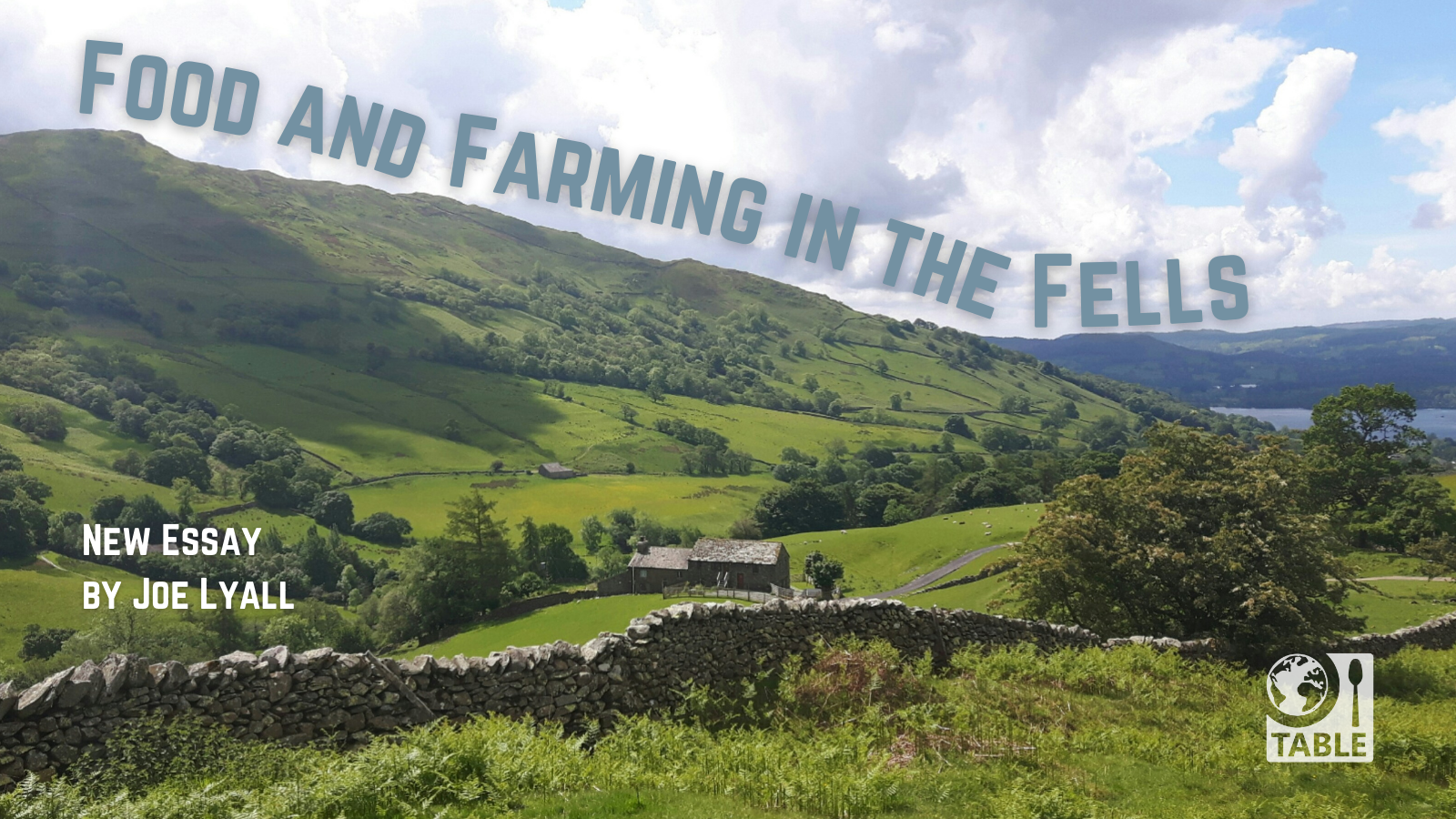
As both a proud dairy farmer from Cumbria and a student of Environmental Science at the University of Manchester, it is easy to see why I feel somewhat torn over the current state of our food system in the UK. Professors and academics tell me how ruminants perturb the natural carbon cycle, contribute to the decline in biodiversity, and graze on what could be prime wildlife habitat, but at the same time I know from lived experience that my family’s business produces nutritious milk and meat from healthy cows. These are not, of course, mutually exclusive facts. I am deeply unconvinced by each side of an increasingly polarised food debate between agro-industrialists calling for food security and intensive production on one side, and ecomodernists proposing alternative foods and abandoning the land on the other. It's clear, though, that continuing to farm the way we do is not an option. Report after report outlines not only the ecological and environmental harms and self-harm that post-war agriculture has wrought on the British countryside, but also on its people. In the last 45 years the agricultural workforce has declined by nearly a third, and the average age of a farmer in the UK creeps towards 60 due to barriers such as high land prices and inflexible tenancies which discourage new entrants (Edwards, 2021; Office for National Statistics, 2024).
I live in this agro-industrialist model of farming and can see that it is leaving the land and its community ailing; but I find the proposed alternatives just as unviable and unattractive. Instead of working to appease either position, I believe we should reject them and the divisions they stoke with an aim of striking a measured balance, embracing agricultural practices that work within natural systems while still producing a healthy quantity of valuable and nutritious food. Regenerative agriculture is the farming model that, for me, has the potential to achieve that balance, pushing back against the wholly extractive agro-industrial model we are currently stuck in, while still respecting the heritage of land management. In a way, regenerative agriculture works to heal the divide I, and I’m sure others, feel between being a farmer who cares deeply for the land, and a naturalist and academic who knows the damage that our current food system is doing to the environment. By comparing my family farm with our Cumbrian neighbours’ in this essay, I consider how regenerative farming can work in reality, and how it resists the polarised debates that delay the transition to a food system fit for the future.
Regenerative agriculture is not a strict model of farming, it is inherently dynamic and context-driven, allowing it to be adapted to each farm and farmer; as such it has accrued a range of definitions and explanations (Miller, 2022). To me, this farming model involves producing the food, fibre and produce we need using principles and methods that work with and restore the natural systems that have been badly degraded by current approaches. Regenerative agriculture is fundamentally based around sustainable cycles; not disrupting the functioning of soil, water and biological systems by carrying out the agro-industrialist’s intensive farming practices, like artificial fertiliser and pesticide applications, nor by funnelling energy and resources into the similarly industrialised vision of processed bacterial protein.
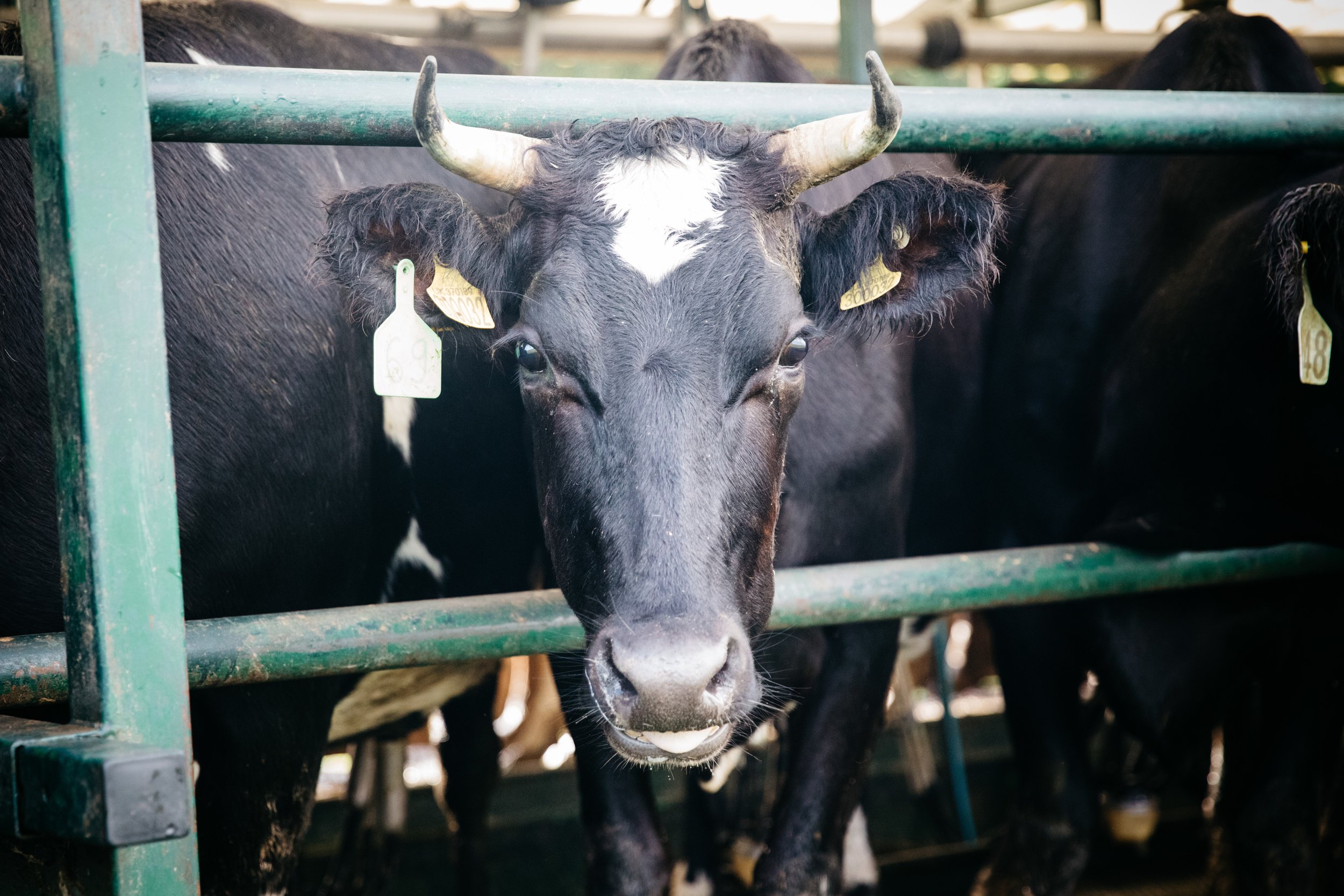
A cow awaiting milking in a dairy operation in the UK. Photo by Alexander Turner.
What I find some definitions miss, however, is the necessity of a sound business model for regenerative farming to succeed. We live and work in a capitalist world where food is a private good (Helm, 2022), and farmers and landowners who are pivoting their intensive, production-oriented businesses towards more natural systems must still be able to financially support themselves, their families and communities. Some find a conflict here between food production and nature restoration, consequently finding that regenerative agriculture, in attempting to reconcile them, must fail. While gross profit and yield may decrease during an intensive-to-regen transition, a business’ net profit, and therefore overall profitability, can increase as the three core inputs - bought-in feed, artificial fertiliser and fuel - are reduced (Nature Friendly Farming Network, 2020; Wildlife Trusts and Nature Friendly Farming Network, 2023). Nonetheless, the wider food system is stacked against those farmers wishing to start such a transition. Supermarkets (and by proxy us as consumers) expect food to be on the shelves, so shifting to a farming model with lower yields may jeopardise the minimum supply contracts farmers are often signed up to. Similarly, feed and fertiliser suppliers offer farmers long-term contracts in which prices are often lower than purchase in an on-the-spot market. Although this keep costs down and mitigates the volatility of market prices (which allowed our farm to weather disruptions such as the tripling of fertiliser price in on-the-spot markets as a result of the war in Ukraine), this system can keep farmers locked-in to their current model for months and sometimes years in advance, which in turn delays their ability to transition away from these inputs. On top of these external pressures, the often-smothering status quo enforcement from tight-knit farming families and communities can contribute to our present debilitating situation. Breaking from ‘the ways things are done’ is a daunting task for any farmer. I know from arguments with my own family that just agreeing to tinker around the edges can feel like a Herculean effort, so getting the necessary consensus to alter how a whole business operates is an even greater challenge that sadly hinders a successful regenerative transition.
But what of those that have begun to break with the status quo? My home county of Cumbria is host to many incredible farmers working a diverse range of systems, with some further down their regenerative journeys than others. Compare my family farm, situated on the banks of the River Petteril in the Eden Valley of North Cumbria, with Strickley Farm, headed by James Robinson, in the Lune Valley of South Cumbria. At almost identical elevations, with similar annual rainfalls and soil types, our contexts are not that different, and yet we pursue diverging business strategies. My family farm focuses on increasing production: we are paid per litre of milk, so it seems only natural to pursue higher yielding cows to maximise our returns. To do so, we sing from the agro-industrialist hymn book: we sow artificial fertilisers that deliver higher grass production for summer grazing and winter silage, grow pesticide-treated maize and barley crops in annually ploughed fields, and buy in feed from as far afield as Canada and Indonesia to support high milk yields. This intensive management system is profitable and ensures we can comfortably support family and staff. Meanwhile, Strickley farms organically and regeneratively; this means no artificial fertilisers or pesticides are used, with the only nutrients the soils receive coming from that returned by the cows in their slurry and manure. Pests are managed with ecology in mind - for example, without pesticides, green dock beetle populations that graze on dock plants have skyrocketed, providing natural pest management (Higgins, 2023).
What Strickley gains in terms of lower input costs, it loses in terms of production: its cows do not produce the volume of milk my family’s cows do. Both farms are profitable, and support families and farm workers. Both supply nutritious milk, cheese and meat to citizens, produced from healthy cows. But what separates the two is their overarching aims, and how these affect our local environments. My family farm is production-oriented and so we seek to maximise our output, whereas Strickley is pursuing its farm’s maximum sustainable output – the point where “a farm business will be at its most profitable and nature will be optimised” (Nethergill Associates, no date). While our farming model is profitable, productive and can be sustained (as long as the supplies of bought-in feeds, artificial fertilisers and pesticides continues), it does not seek to restore or optimise nature and natural systems in the regenerative manner Strickley does.
I should make clear that my family farm is not a ‘biodiversity desert’, as intensive farms are often presented. We have worked with our local Rivers Trust and water company to fence off watercourses from the cows, construct new ponds and reduce farmyard runoff, all of which has contributed to a significant drop in nutrient levels in the River Petteril, improving the habitat for the resident trout, herons and damselflies
'Rethink food' campaign infographic by Nature Friendly Farming Network
(United Utilities, 2021). However, much of this work is carried out adjacent or in parallel to the overall farming operation - land is set aside for nature and cut off from the cows and the ploughs, drawing a clear line between the two. We find our choice of agricultural models intersecting with another apparent dichotomy: the land-sparing vs land-sharing debate. This debate pits a model of intensively managed, productive grassland and crop fields, clearly separated from unproductive areas designated for nature, against a more fluid and blurred understanding of where ‘farm’ ends and ‘nature’ begins, incorporating the two into a shared vision. One might assume my family farm fits the land-sparing model better, whereas Strickley, with its multitude species of grass, herb and flower in its meadows and pastures and hedgerows crowded with all manner of birds, sits more comfortably in the land-sharing model. Yet despite my attempts to categorise each farm, the binary of sparing or sharing is a false one. Unproductive areas at Strickley have been fenced off, as the land-sparers recommend, while the remaining land is managed in-line with nature, following the land-sharers’ mission, creating the mosaic of habitats that are often some of the most beneficial ecosystems on the planet (Rüegg, 2024). Our family farm has areas of low input, species-rich pasture on which we graze the milking herd (although not at Strickley’s scale).
It is reasonable, then, to assume that this regenerative agricultural approach makes Strickley better than my family farm, and I believe there is truth in that assessment. From a wildlife perspective, Strickley’s biodiverse meadows, pastures and hedgerows allow nature to thrive without the perturbations associated with modern agriculture. Additionally, as regenerative systems are much less exposed to international feed and fertiliser markets, Strickley can weather disruptions like the war in Ukraine, the Houthi shipping attacks in the Red Sea and the anthropogenically-induced climate extremes that can risk the viability of high-input farms like my own. The limitations to production levels still stand, so farming at Strickley means the cows cannot produce the volume of milk that my family’s can. This is not an issue on a farm level, as it is net and not gross profit that determines profitability, but how we deal with this yield drop associated with a regenerative transition remains the major perceived stumbling block for making this system work at a national scale in countries like the UK.
The standard bearers of agro-industrialism might state that we ‘can’t eat butterflies'; that the widespread adoption of regenerative agriculture will lead to empty supermarket shelves as farmers focus too much on nature restoration and too little on producing food, leaving the country dependent on overseas food imports produced to lower environmental and social standards; and that our only option is to continue maximising food production using intensive agricultural methods. Meanwhile, however, over a quarter of the UK population are obese, while nearly a fifth are experiencing food insecurity, and the overlap between these two groups is substantial as the inability to afford healthy nutritious food forces citizens onto high-calorie processed diets (EFRA Committee, 2023). Over a quarter of all purchased food in the UK ends up being wasted due to expiration, personal preference or simply too much being prepared (Malik et al., 2024). There is as much a problem with how we consume and use food as there is with how we produce it. Imagine if a managed national transition towards a lower yielding, regenerative farming model, like that practised at Strickley, were to occur. Is it ridiculous to suggest that our eating habits may change as a result? If only the farm, the food supplier and the shop were dependent on making profit, rather than every feed and fertiliser company in the whole agro-industrialist supply chain, or the vague corporations managing the labs in an ecomodernist model, could food be cheaper under a regenerative model? Add in the improvements to natural cycles and functioning ecosystems a regenerative model can produce, and I think there is a real hope that such a transition could genuinely alter our relationship with food, from production through to consumption, for the better.
This dream scenario aside, I do not for a second believe a regenerative transition is easy, nor is it a silver bullet. Tapping into natural systems is complex and fraught with risk, the majority of which falls on the farmer themselves who must financially and emotionally weather the pressures this change can bring. While I will look to adopt more regenerative practices on my family farm in the future, I can only do so with my family and the farm team agreeing that it is the right direction for the business. Higher net profit in regenerative systems sounds brilliant, but a drop in gross profit could limit the funds available to invest in new equipment or necessary maintenance that would aid in the transition and so will have to be accounted for. Despite these challenges, the key to achieving this transition is learning from those who have walked the path before, like the Robinsons at Strickley, without getting entangled in whether to share or spare land, or to focus on purely producing food over restoring nature, and instead to work to build a system that works for us, for the cows and for the land we manage.
References
- Edwards, L. (2021) Bringing people back to the land. Available at: https://www.stirtoaction.com/articles/bringing-people-back-to-the-land (Accessed: 31 May 2024).
- EFRA Committee (2023) Food insecurity leads to unhealthy eating and obesity - Committees - UK Parliament. Available at: https://committees.parliament.uk/committee/52/environment-food-and-rura… (Accessed: 3 May 2024).
- Helm, D. (2022) ‘Going backwards – the retreat from environmental commitments’, Dieter Helm, 11 October. Available at: https://dieterhelm.co.uk/natural-capital-environment/environment/going-… (Accessed: 19 April 2024).
- Higgins, G. (2023) Watch: How we put unproductive farmland to use – Farming. Available at: https://defrafarming.blog.gov.uk/2023/07/11/how-we-put-unproductive-far… (Accessed: 19 April 2024).
- Malik, X. et al. (2024) Food waste in the UK. Available at: https://researchbriefings.files.parliament.uk/documents/CBP-7552/CBP-75… (Accessed: 20 July 2024).
- Miller, A. (2022) ‘The many meanings of “regenerative” agriculture’, Sustainable Food Trust, 30 November. Available at: https://sustainablefoodtrust.org/news-views/the-many-meanings-of-regene… (Accessed: 20 July 2024).
- Nature Friendly Farming Network (2020) Nature Means Business. Available at: https://www.nffn.org.uk/assets/20012-nffn-report-nature-means-business-… (Accessed: 19 April 2024).
- Nethergill Associates (no date) What We Do | Nethergill Associates. Available at: https://www.nethergillassociates.co.uk/What-We-Do (Accessed: 20 July 2024).
- Office for National Statistics (2024) UK Workforce Jobs SA : A Agriculture, forestry & fishing (thousands) - Office for National Statistics. Available at: https://www.ons.gov.uk/employmentandlabourmarket/peopleinwork/employmen… (Accessed: 31 May 2024).
- Rüegg, P. (2024) Mosaic grassland landscapes are the most beneficial in terms of ecosystem services, Swiss study finds. Available at: https://phys.org/news/2024-05-mosaic-grassland-landscapes-beneficial-te… (Accessed: 31 May 2024).
- United Utilities (2021) Transforming the River Petteril. Available at: https://www.unitedutilities.com/Transforming-the-River-Petteril/ (Accessed: 15 April 2024).
- Wildlife Trusts and Nature Friendly Farming Network (2023) Farming at the Sweet Spot. Available at: https://www.nffn.org.uk/assets/reports/farming-at-the-sweet-spot_1.pdf (Accessed: 19 April 2024).






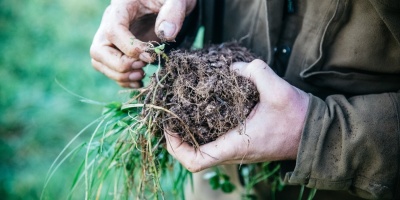
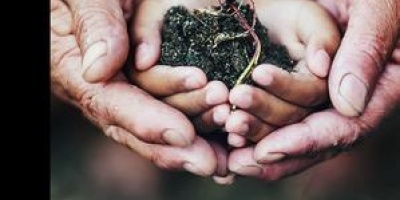
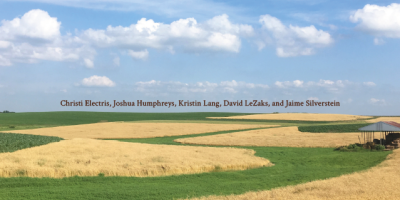
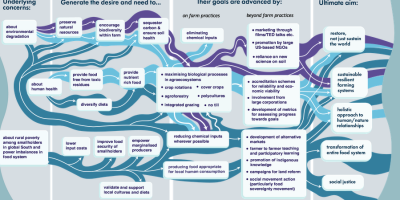






Post a new comment »